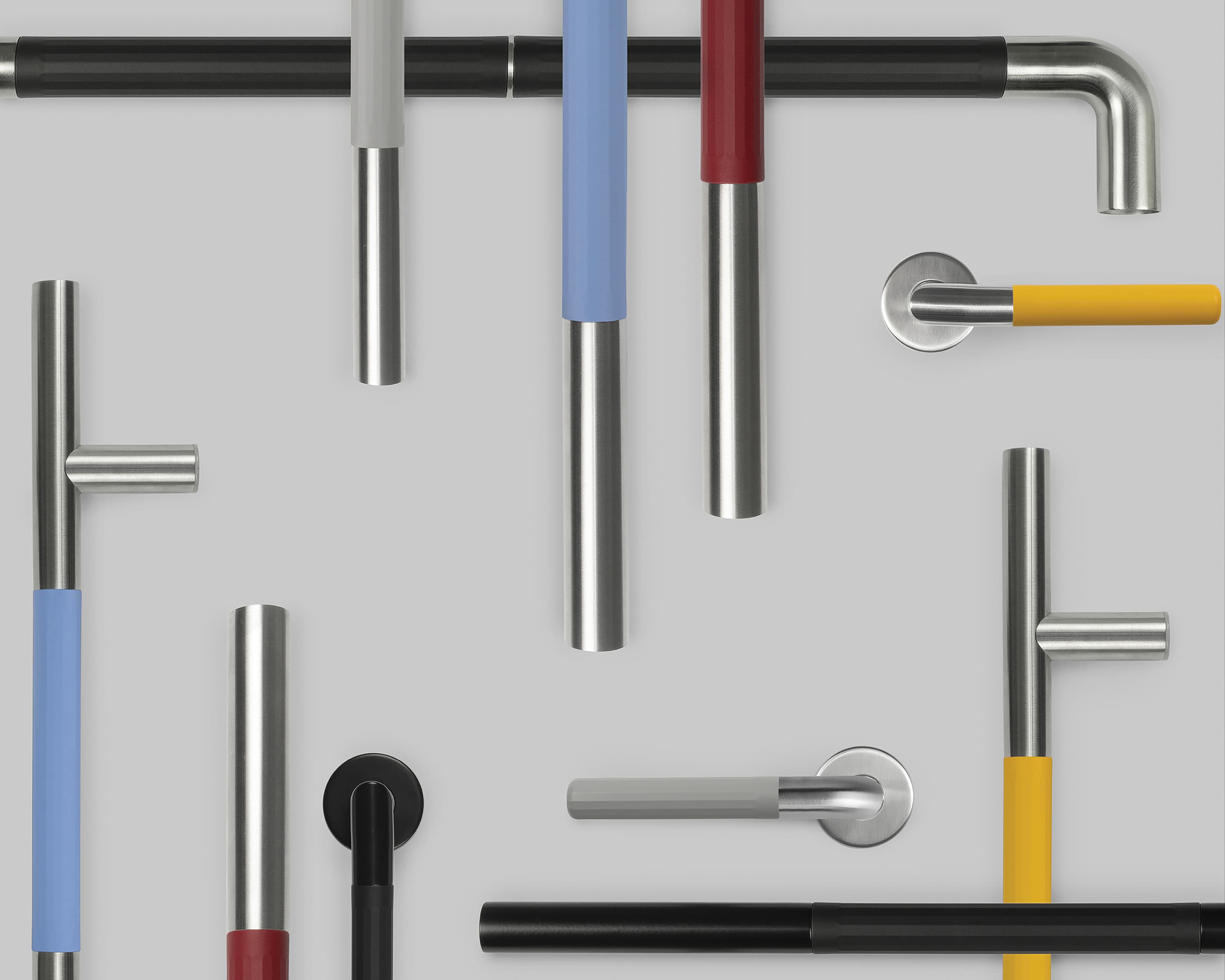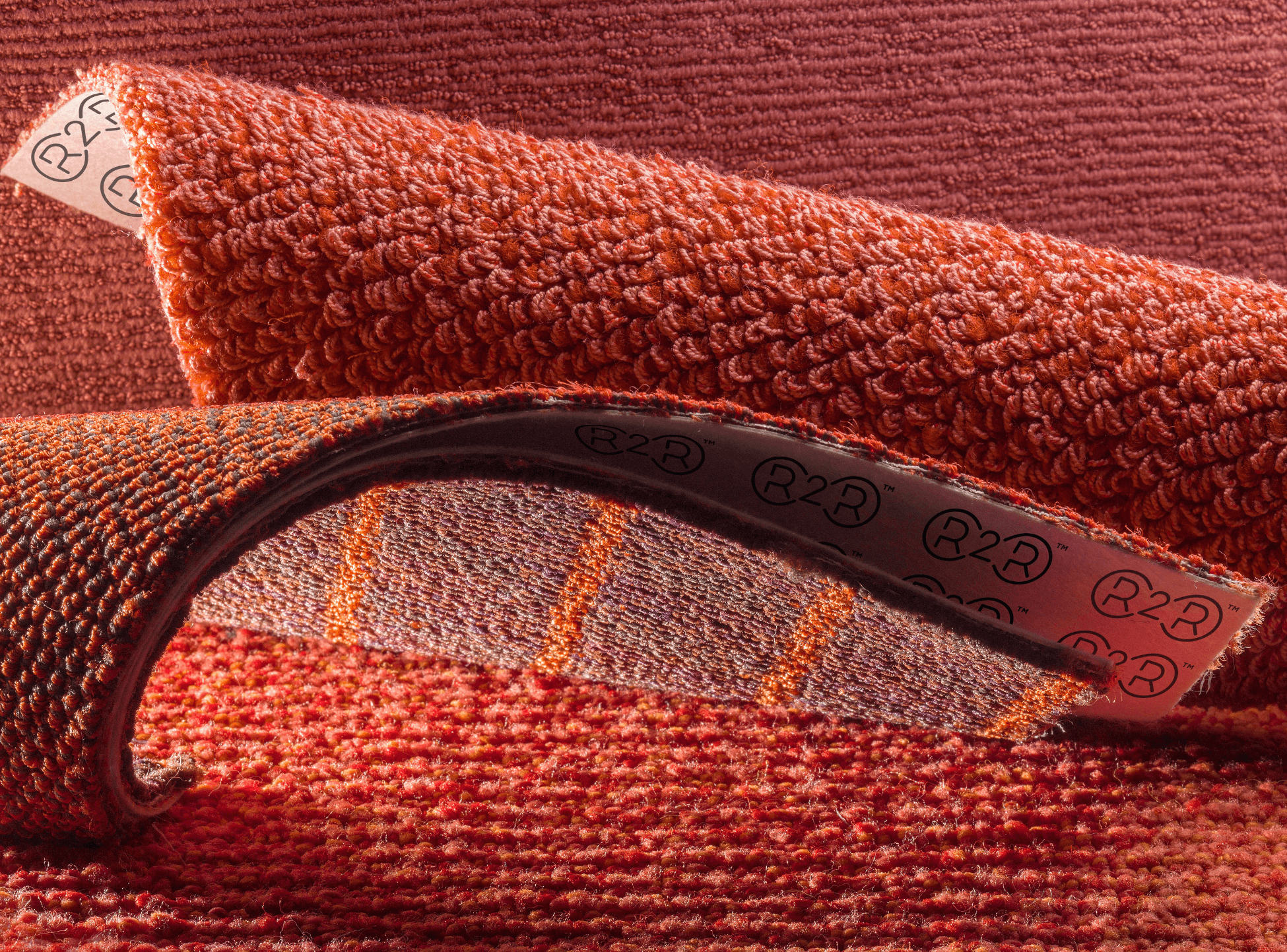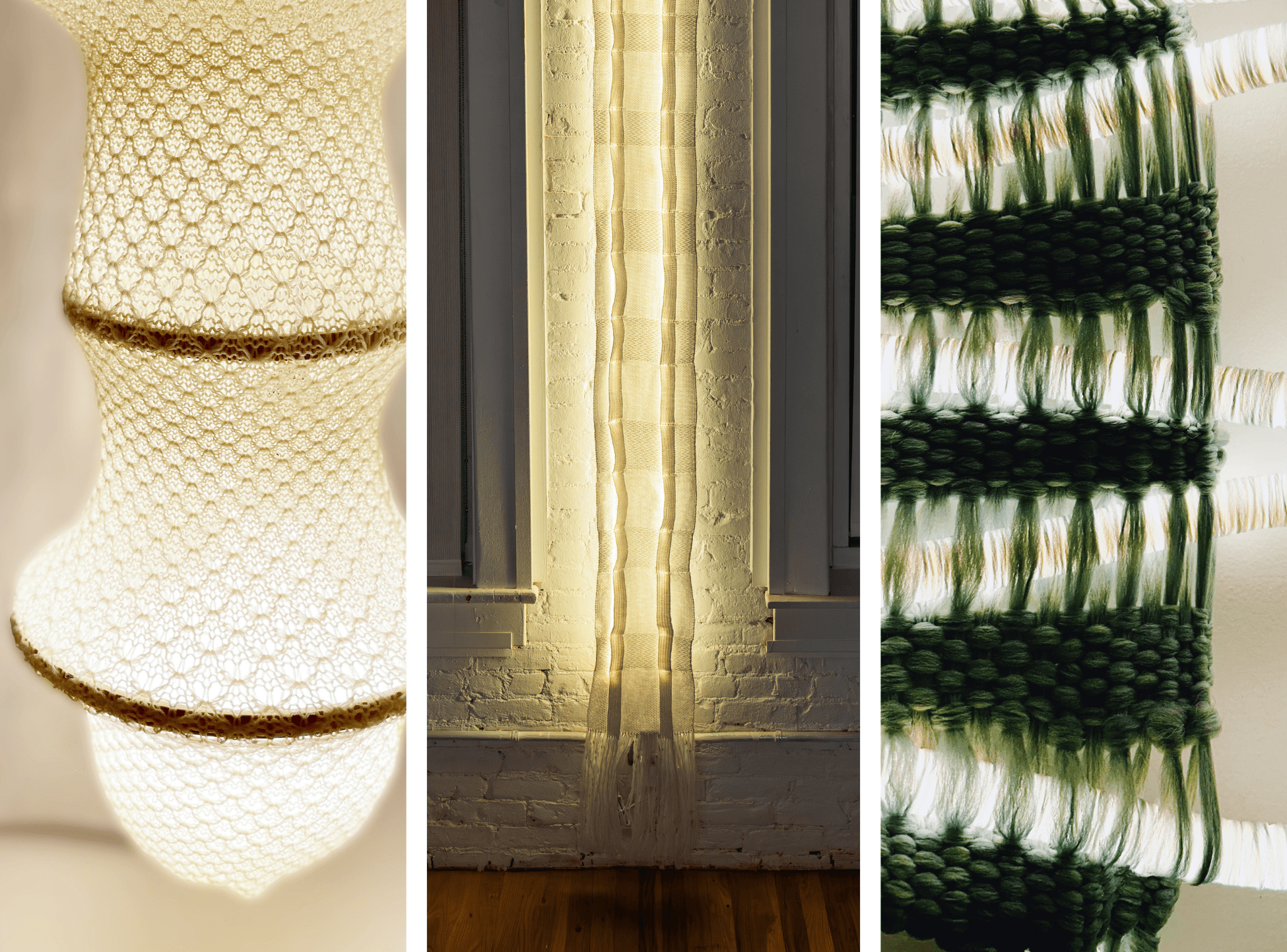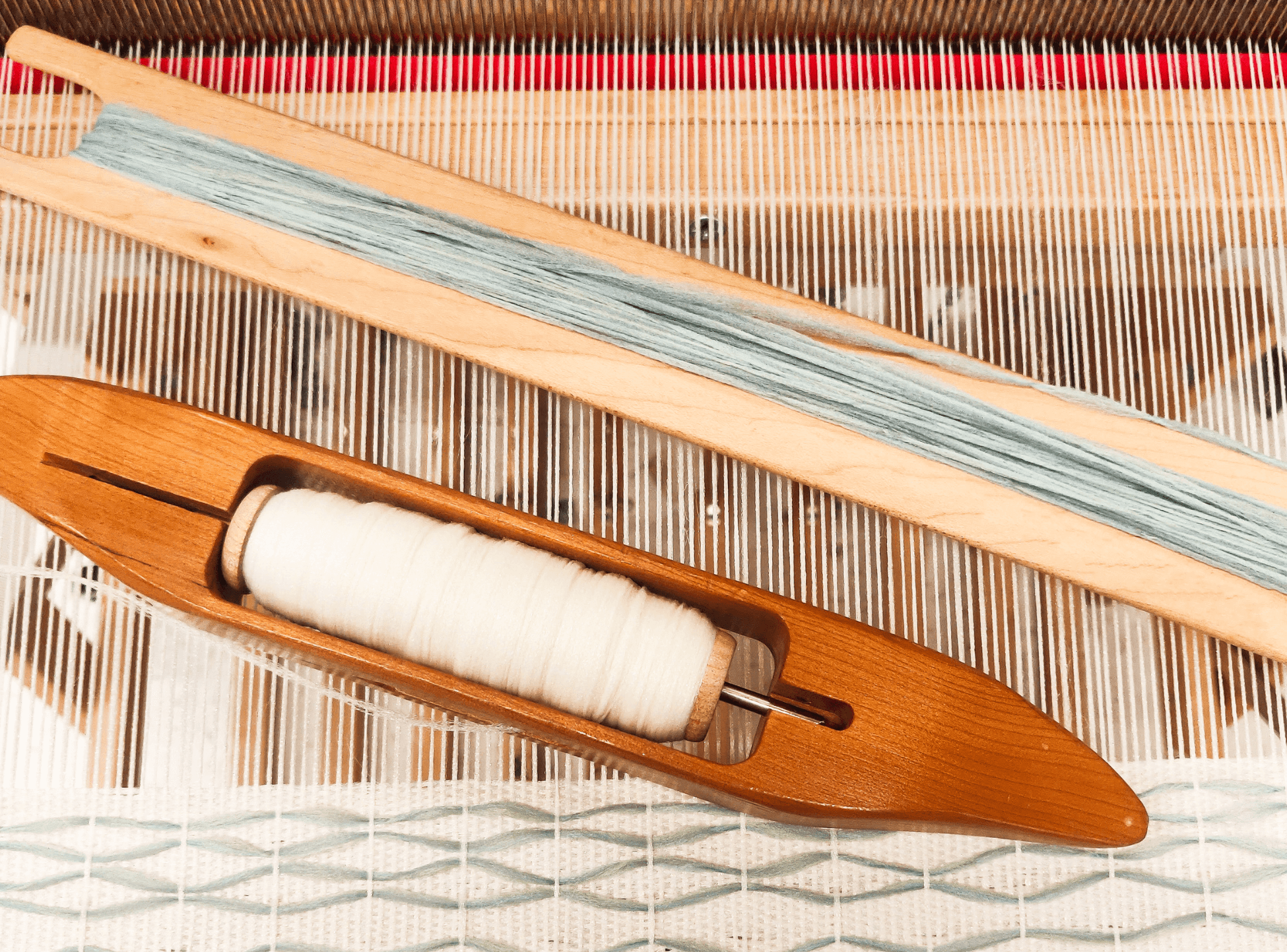Can design be functional, responsible and beautiful?
Some believe that you must compromise one in order to succeed with the other two. I believe that innovative, responsible, beautiful design is not just a dream or a potential for “one day,” but that there are tangible, practical steps designers can take to make their ideal creations a reality.
1. Choose Materials That are Better for People + Planet
Materials matter. In fact, Urban Land Institute shares that 80% of a building’s environmental impact is based on its materials. By selecting materials that are more inclusive for all people and better for the planet, beautiful design can still be purposeful and sustainable.
A great example of responsible design is the TOCCO hardware collection by Italian designer and manufacturer pba.

Photo Credit: pba
These sleek, modern door handles are made with steel and ECONYLⓇ nylon, and are designed to be easily dismantled and recycled at end of use. The grips come in different colors and textures in order to adapt to varying tactile preferences. They are beautiful, functional and thoughtfully designed.
2. Consider an End-of-Life Solution From the Beginning
Something you’ll hear our organization say often is how important it is to “design with the end in mind.” Before we select our materials and determine how our product will be constructed, we must first consider where the product will end up once it has been used. After a few years will your design add to the piles in our landfills, or can it be dismantled, recycled and brought back to life in future creations?
Through Aquafil’s Born Regenerated to be Regenerable initiative, also known as R2R, our team is collaborating with manufacturers to reimagine carpets of the future.

R2R carpets are made with ECONYLⓇ regenerated nylon and are constructed to be easily disassembled and recycled at their end of life, and the nylon regenerated into new ECONYLⓇ nylon.
3. Educate and Collaborate to Design a Better Future
In the journey toward more circular design, we cannot forge this path alone. While every small change can make a difference, we can make waves when educating and collaborating with other designers, manufacturers and customers.
One way Aquafil is investing in the future of design is by partnering with the MFA Textiles program at Parsons School of Design in New York City. Our partnership enables these creative, ambitious young designers to learn more about innovative design practices and how to design with the end in mind by creating products with ECONYLⓇ nylon.

Photo Credit: Julieta Gaitan, Li and Valeria Maldonado
This year’s graduating class created an astounding display of lighting products, all designed with ECONYLⓇ nylon and constructed to be disassembled and recycled. These lights are a shining example of what the future of responsible interior design can look like.
Responsible Design Can Take Shape Today
Together, we can make responsible design a reality. I invite you to take these steps with your own designs, and visit the ECONYLⓇ showroom (11-107) during NeoCon to see how designers are creating innovative, responsible, beautiful products without compromise.

